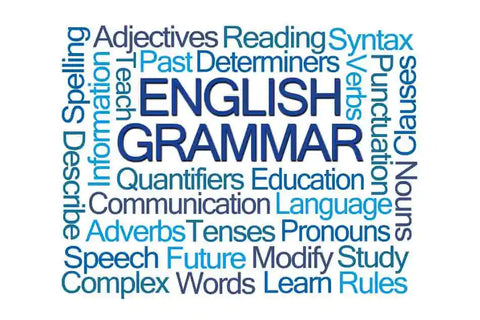How Do I Use a Semicolon Correctly in Academic & Scientific Writing?
It may now be the case that many writers use the semicolon (;) to send a winking happy face to family, friends and colleagues more often than they do to punctuate their writing. The semicolon has even been labelled by some a pretentious bit of punctuation in modern prose, as though today’s text and the thoughts behind it have stooped to such simplicity that this useful piece of punctuation is no longer required. For those who report the results of sophisticated scientific or academic research, however, the semicolon is far from unnecessary and can enable and enhance the clear communication of all kinds of data and their relationships to each other.
Despite having very specific functions in English prose, the semicolon is often misused, which may be part of the reason why it evokes ambivalent feelings among many writers and readers. It is often used, for instance, instead of words such as ‘for instance,’ ‘for example,’ ‘namely,’ ‘because,’ ‘that is’ and the like to introduce an explanation, example, description, elaboration or illustration of what has appeared before it. This is incorrect, however, and it is a colon (:), not a semicolon, that should be used for these purposes. In fact, although the semicolon may resemble the colon in appearance, it is much more akin to the comma or full stop, with the pause it indicates stronger or longer than the pause specified by a comma, but weaker or shorter than that indicated by a stop.
In most situations, a semicolon resembles a full stop in function, with its most common use being to provide punctuation between two independent or main clauses that are not joined by a conjunction and could, were they instead separated by a stop, form two sentences. In such situations, the semicolon generally implies a closer relationship between the two clauses than a full stop would. The semicolon can correct the error known as a comma splice, which occurs when two main clauses (whether they share a subject or have different subjects) are joined together into one sentence via a comma alone, and also when two main clauses are linked only by an adverb or adverbial phrase. For example, comma splices occur in ‘I love buying old books, I go to the used bookshop almost every weekend’ and ‘She was afraid, nevertheless she stood her ground,’ and both of these passages can be corrected simply by using a semicolon instead of the comma in each instance.
Another common use of the semicolon resembles the function of a comma, but provides a stronger or more decided division than a comma can. The semicolon is used, for example, instead of a comma between two main clauses that are joined by a conjunction and already make use of internal commas, in which case the semicolon clarifies the sentence structure. Similarly, semicolons are used instead of commas to intensify the divisions and clarify the relationships between the items in a series or list in which the individual items are complex and already contain commas and other punctuation.
Why Our Editing and Proofreading Services?
At Proof-Reading-Service.com we offer the highest quality journal article editing, dissertation proofreading and online proofreading services via our large and extremely dedicated team of academic and scientific professionals. All of our proofreaders are native speakers of English who have earned their own postgraduate degrees, and their areas of specialisation cover such a wide range of disciplines that we are able to help our international clientele with research editing to improve and perfect all kinds of academic manuscripts for successful publication. Many of the carefully trained members of our manuscript editing and proofreading team work predominantly on articles intended for publication in scholarly journals, applying painstaking journal editing standards to ensure that the references and formatting used in each paper are in conformity with the journal’s instructions for authors and to correct any grammar, spelling, punctuation or simple typing errors. In this way, we enable our clients to report their research in the clear and accurate ways required to impress acquisitions proofreaders and achieve publication.
Our scientific proofreading services for the authors of a wide variety of scientific journal papers are especially popular, but we also offer manuscript proofreading services and have the experience and expertise to proofread and edit manuscripts in all scholarly disciplines, as well as beyond them. We have team members who specialise in medical proofreading services, and some of our experts dedicate their time exclusively to dissertation proofreading and manuscript proofreading, offering academics the opportunity to improve their use of formatting and language through the most exacting PhD thesis editing and journal article proofreading practices. Whether you are preparing a conference paper for presentation, polishing a progress report to share with colleagues, or facing the daunting task of editing and perfecting any kind of scholarly document for publication, a qualified member of our professional team can provide invaluable assistance and give you greater confidence in your written work.
If you are in the process of preparing an article for an academic or scientific journal, or planning one for the near future, you may well be interested in a new book, Guide to Journal Publication, which is available on our Tips and Advice on Publishing Research in Journals website.








